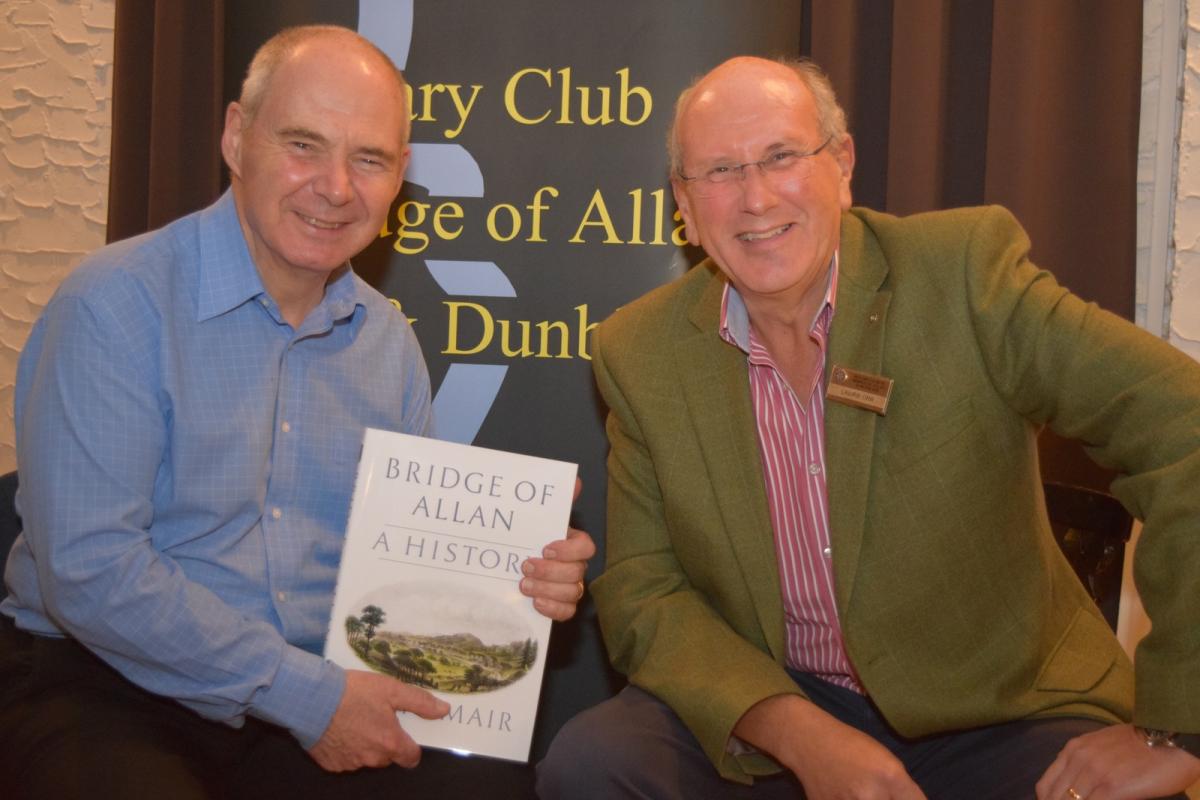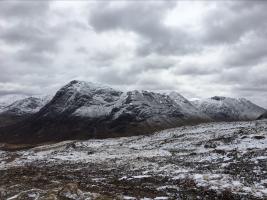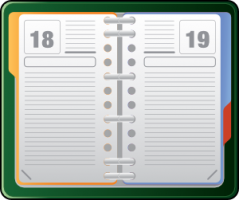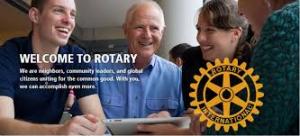Thursday 11 October @ 18.00 Craig Mair - A History of Bridge of Allan
Thu, Oct 11th 2018 at 6:00 pm - 8:30 pm
Thursday 11 October @ 18.00 Craig Mair - A History of Bridge of Allan

Thursday 11 October @ 18.00 Craig Mair - A History of Bridge of Allan
HISTORY OF BRIDGE OF ALLAN
Members welcomed the return of historian Craig Mair as speaker for the evening. Craig told the story of the remarkable development of Bridge of Allan in the years between 1800 and 1900 – a pivotal period in the development of the town. Craig has recently completed a book – Bridge of Allan – A History - that tells the story of the area from its first inhabitants, some 8,000 years ago, to the present day. The book has been produced by the Dr Welsh Educational and Historical Trust; proceeds from its sale will be used to further the work of the Trust.
In 1800, Craig explained, there was no place named Bridge of Allan. There was a bridge spanning the Allanwater at the present location, but dwellings were associated with a number of mills located up and down the river.
A surprising point to emerge was that the development of Bridge of Allan was, albeit indirectly, attributable to copper. That, Craig pointed out, was, to an extent misleading, for although copper had been mined sporadically in the Airthrey Hills for several hundred years, by the end of the eighteenth century production had more or less ceased. However, the water draining from the copper mines located in the estate of the Laird of Airthrey had been channeled to just above what is now Henderson Street. Because of its chemical residues, this water was believed to have health-giving properties. The Laird decided that there was a market for such water and, in 1821 built a Pump Room and Well House.
Seeing the potential of this development for attracting visitors to the area, the Laird of Westerton, who owned land adjacent to the Airthrey estate, realised that visitors would have nowhere to stay, and, during the 1830s and 1840s, proceeded to build houses to meet this need. To these houses, by the early 1840s, were added the Queen’s Hotel and the Royal Hotel. Seeing an opportunity, the Laird of Airthrey developed mainly larger houses to the north of the area. In 1848, the arrival of the railway increased the number of visitors. By the early 1850s, it is estimated that some 30,000 visitors were attracted to the area each year. The Census of 1851 identified the success of the house and hotel building in catering for visitors, with multiple occupations of houses by visitors being recorded.
Visitors were encouraged to drink four pints of the water first thing in the morning, leaving them the remainder of the day, and, therefore, creating a need for activities and entertainment. The Music Hall was an early development, with the Westerton Arms, initially a reading room and subsequently a public house, emerging at this time. Churches, schools, sports facilities and shops followed in response to the growing demand. Towards the end of the century, the Strathallan Games (later the Highland Games) attracted some 10,000 people. All the time the facilities for those “taking the waters” were improving with Turkish baths and more sophisticated means of bathing and showering on offer. The result of this success was that the thriving community was successful in gaining Burgh status and establishing a town council. However, by the end of the 19th century, the attraction of spas generally was declining, but by then Bridge of Allan had established its reputation as a thriving town sustained by a range of businesses, and was well-positioned for the new century.
Lawrie Orr, Speaker’s Host, congratulated Craig on a superb presentation, excellently illustrated. Craig, he said, had conveyed his enthusiasm for the subject to great affect.




